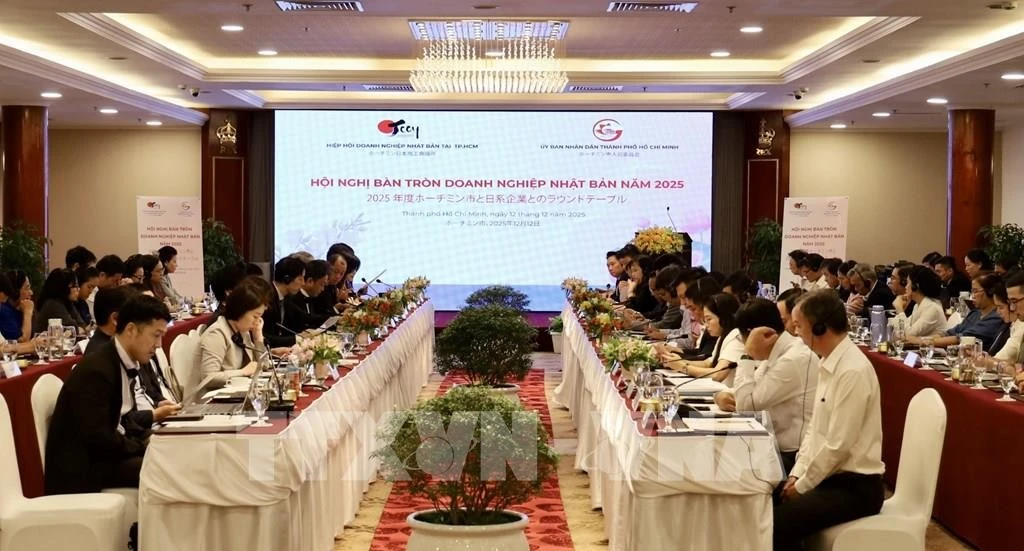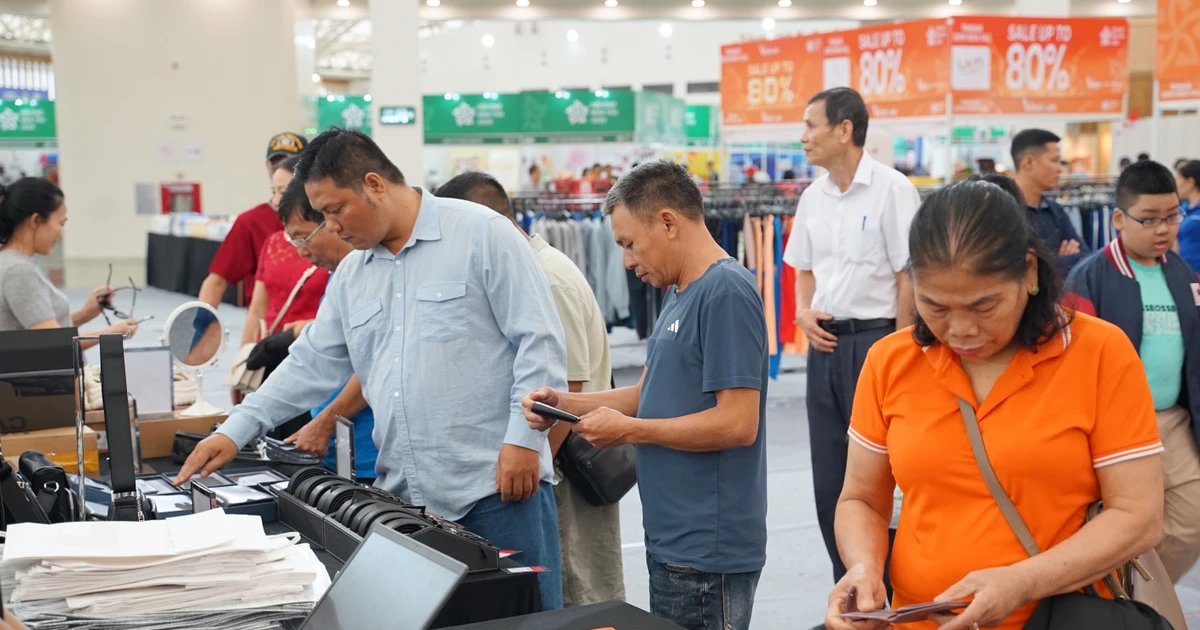Following a strong performance in May, Viet Nam’s seafood exports in June still posted year-on-year growth, but at a significantly slower pace. According to the Viet Nam Association of Seafood Exporters and Producers (VASEP), export turnover in June was estimated at 876 million USD, up just 4.3% year-on-year. The slowdown was mainly attributed to a drop in exports to the US, the industry’s second-largest market.
For the first six months of 2025, total seafood exports reached 5.22 billion USD, an increase of nearly 19% compared to the same period last year. Of that, exports to the US contributed 891 million USD, up 16%, driven by a surge in shipments ahead of the July 9 deadline, when the US is set to impose new countervailing duties.
However, from June onward, many Vietnamese companies proactively suspended exports to the US to avoid risks from high tariffs, negatively impacting overall growth.
In contrast, other markets, including China, Japan, the Republic of Korea, and ASEAN, maintained positive growth, with increases ranging from 15% to nearly 28%. Exports to the EU stagnated, declining 1.2%, while exports to the Middle East dropped significantly by 16%, with exports to Israel plunging more than 50% due to geopolitical instability.
By product category, tuna recorded the sharpest decline at over 31% in June, primarily due to tariff impacts in the US. Over the first half of the year, tuna exports fell nearly 2%. Shrimp and pangasius exports also slowed due to trade defence measures. Nonetheless, shrimp exports reached 2.07 billion USD (up 26%) and tra fish (pangasius) 1 billion USD (up 10%) in the first six months.
However, the outlook for Viet Nam’s seafood industry in the second half of 2025 will largely depend on the US countervailing duty policy.
For shrimp exports, there are growing concerns over the risk of “compound tariffs”—including countervailing duties, anti-dumping duties, and anti-subsidy tariffs. Meanwhile, the tra fish industry holds more positive prospects after the US Department of Commerce released the final results of the 20th administrative review (POR20), under which seven Vietnamese enterprises were granted a 0% anti-dumping duty.
There are two scenarios projected for the second half of 2025. For the first one, If countervailing duties imposed after July 9 are set at 10%, Viet Nam’s total seafood export turnover in 2025 is expected to reach approximately 9.5 billion USD, around 500 million USD lower than earlier forecasts. Markets such as China, ASEAN, Japan, and the EU are anticipated to absorb part of the redirected volume from the US.
Under the second scenario, if tariffs exceed 10% and rise up to 46%, total seafood exports could fall to about 9 billion USD or lower. The US would no longer serve as a stable outlet, especially for products with complex supply chains.
Under this scenario, Viet Nam will face fierce competition from countries such as Ecuador, India, Thailand, and Indonesia, which currently enjoy lower tariff rates. Although shifting to neutral markets like Japan, the EU, and ASEAN remains a possibility, their capacity to fully offset losses from the US market is limited, given that global demand has yet to recover strongly.
In response, experts recommend that Vietnamese seafood enterprises proactively adapt, diversify export markets, focus on high value-added products, and closely monitor developments in international trade policies to mitigate risks in the latter half of the year.
















